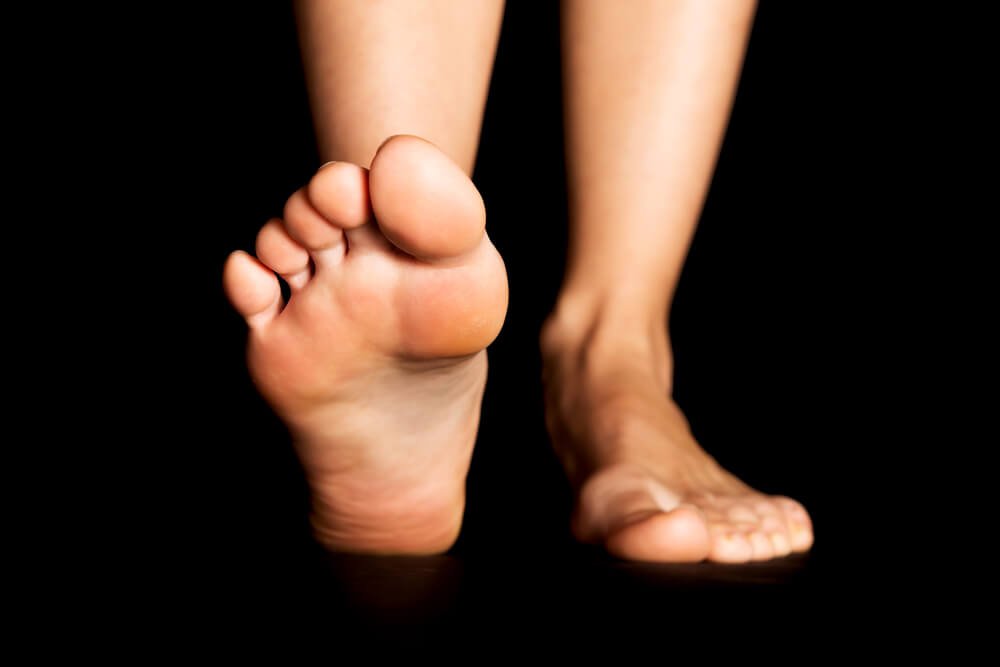Corns: What Are They, and How Do You Get Rid of Them
Corns are areas of the skin where it has thickened to the point of being irritating and sometimes painful. Corns are circular or cone-shaped and are commonly found on the feet where there are areas of pressure or friction, such as on the little toe where it may rub against shoes or on the ball of the foot. The medical term for corns is helomas.
Corns can easily be confused with a callus, but there is a difference between the two. Corns can be a raised bump that feels hard to the touch and painful. They consist of a thick, rough area of skin that may be dry and waxy. Corns tend to be surrounded by inflamed skin and are usually smaller than calluses.
The key to treating a corn is to remove the dead skin that has built up. Salicylic acid is the most common medication used to accomplish this. Salicylic acid works by dissolving keratin, the protein that makes up the majority of corns. You can purchase salicylic acid over-the-counter in the form of wart removers. It comes in medicated pads, drops or creams. People with diabetes should not use salicylic acid, but should immediately consult their doctor.
To treat corns, apply the medication directly onto the corns according to the product directions. The top layer of the corn will turn a white color. When that happens, the layers of skin can then be peeled away, making the corn smaller. It is never a good idea to try and shave off corns with razors or other pedicure equipment. This can lead to infection. If your corns get infected or do not respond to over-the-counter treatment, a visit to the doctor is necessary.
Orthotic inserts fitted by a podiatrist also help to treat corns and help prevent their return. Inserts fit into shoes and help to adjust the way your foot fits in your shoe, thus fixing the way you walk. This will reduce friction, lowering your chances of getting a corn and eliminating the pain for current corns.
Surgery is seldom an option for corns, but does occur on rare occasions. Surgery for corns actually deals with the underlying issue causing the corns. During surgery, the bone is shaved and any abnormalities are corrected to reduce the amount of friction that occurs during walking.
The first step to preventing corns is to reduce any possible friction. Wear well-fitting shoes that don’t rub on your feet. If you notice rubbing developing, pads can be purchased to help reduce the friction. These can be purchased over the counter and are simply placed on the area that is being irritated. Friction can also be reduced by using cushioned insoles in your shoes, and making sure to wear well-fitting shoes. This will make sure your foot is not being squeezed awkwardly, and stop corns from forming in the first place.
Contact Podiatry Group of Annapolis and let us help with your corns and all your foot and ankle needs. Dr. James Mckee and Dr. Adam Weaver are experienced and dedicated podiatrists who provide high-quality individualized care. Call us today at 410-224-4448 or visit us online to make an appointment at our conveniently located Annapolis office.

